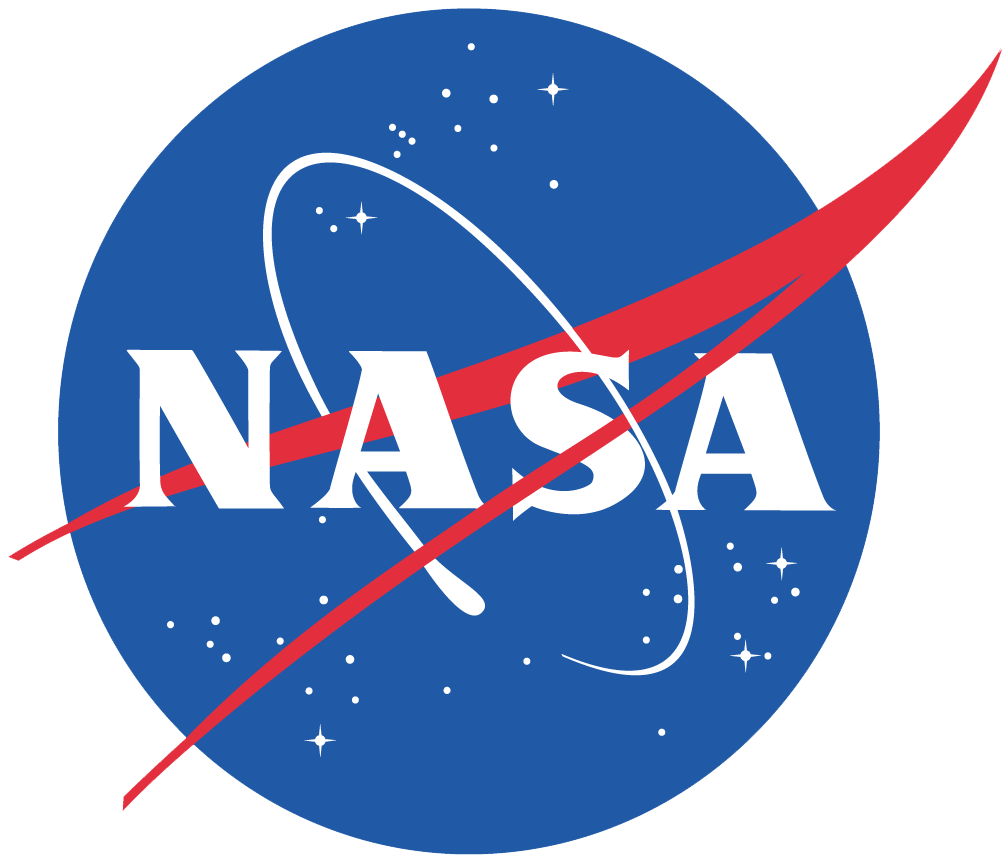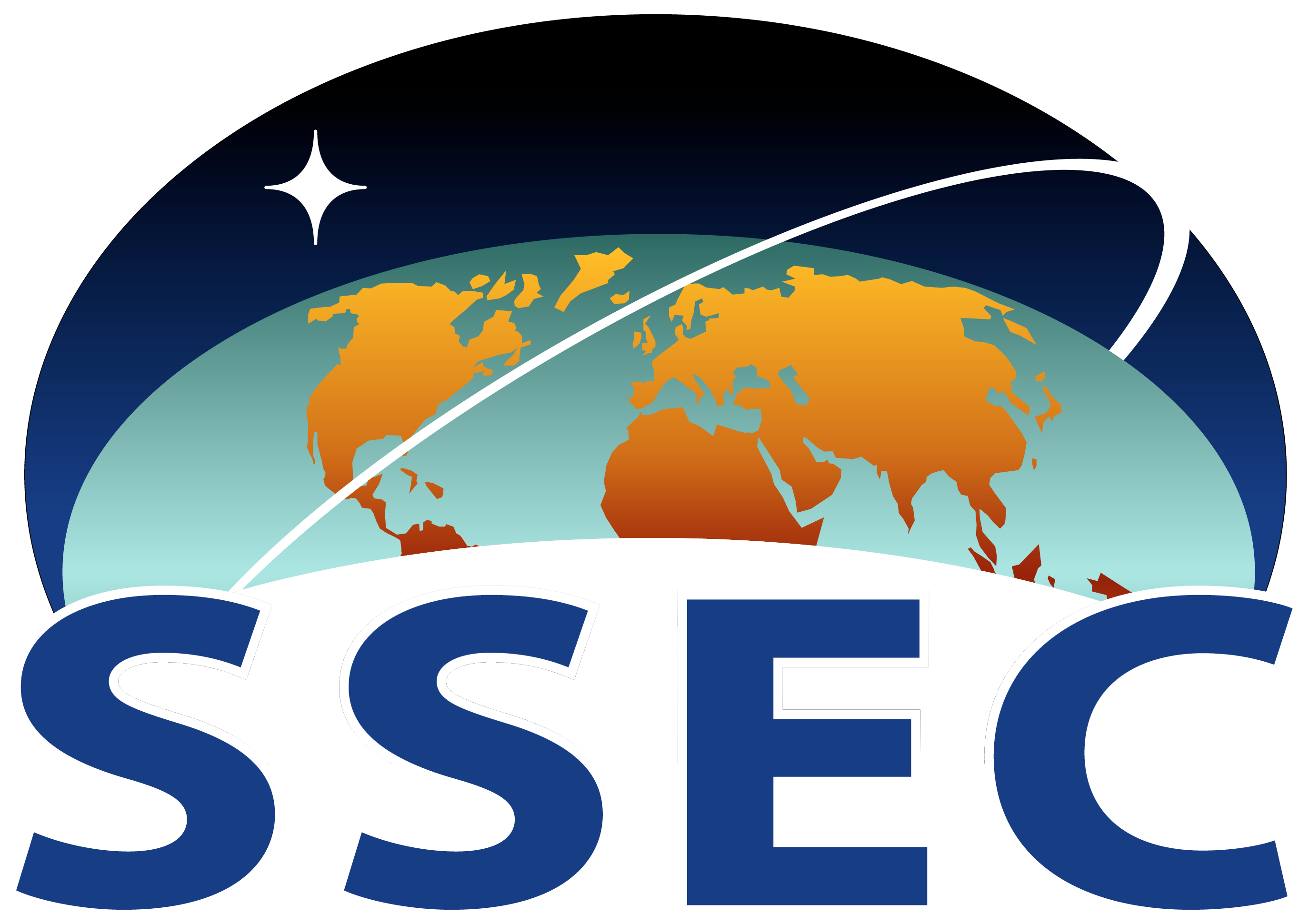Past Missions to Venus
Venus has been observed by reconnaissance spacecraft such as Mariner 5, Mariner 10, Galileo, and by the Soviet “Mother Spacecrafts” Veneras 8, 9, and 10. Other spacecrafts investigated Venus on their way to exploring other objects, including Mariner 10 (Mercury), the VeGa 1 and VeGa 2 crafts (Comet Halley), and Galileo(Jupiter and its moons). More intense investigation of Venus has been carried out by orbiters (Veneras11-15, Pioneer, and Magellan), entry probes (Venera 4, 5, 6, and Pioneer Venus Small Probes and one Large Probe), landers (Venera 6, 7, 8, 9, 10, 11, 12, 13, and 14), and even balloons (VeGa 1 and VeGa 2).
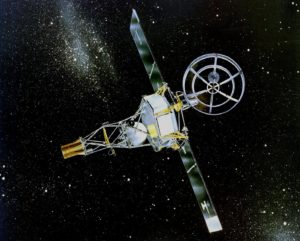
1962 ( Mariner 2 )
The 1962 launch of the Mariner 2 spacecraft commenced the modern era of Venus exploration by spacecraft. Mariner 2 established Venus’ high surface temperature, and was the first successful mission to another planet. The history of Venus exploration contains other such landmarks: the Soviet Venera 4, launched in 1967, was the first successful probe to enter and return data from another planet (though, the transmission stopped before the probe reached the surface), and in 1970 the Venera 7 lander became the first craft to successfully land on another planet.
1974 ( Venera 8 )
In 1972 Venera 8 first established the rapid rotation of the deep atmosphere from ~ 62 km down to the surface as being in the same direction as the planet’s backward spin. Mariner 10 returned the first images of Venus from a fly-by trajectory in 1974, enabling determination of the global atmospheric circulation and its organization into two hemispheric vortices (Suomi and Limaye, 1978). Allen and Crawford (1983) discovered features in the night side infrared emission from Venus that could arise from the existence of spectral windows in the near infrared region.
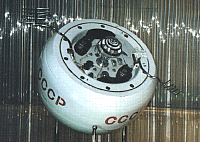
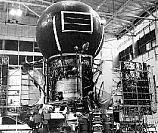
1975 ( Venera 9 & Venera 10 )
In 1975 Venera 9 and Venera 10 landers returned the first images taken from the surface of another planet. Pioneer Venus (1978) was the first orbiter around Venus and carried the first radar to observe another planet. The Vega 1 and Vega 2 missions were the first to successfully deploy balloons in another planet’s atmosphere.
1990’s ( Magellan, Galileo, & Cassini Orbiter )
In 1990, the Magellan orbiter followed the successful missions of Venera 15 and 16 orbiters (1983) to provide the first high resolution mapping by radar of another planet.
The most recent observations of Venus are from the Galileo spacecraft, which flew past Venus in February 1990 on its roundabout journey to Jupiter. The Near Infared Mapping Spectrometer (NIMS) on the Galileo Orbiter, building on the work of Allen and Crawford, discovered additional spectral windows and utilized them to observe emissions from the deep atmosphere of Venus. This enabled the detection of surface features from infrared emissions (at 1.18 micron wvelength) that matched the radar topography. The Cassini Orbiter, which orbited Saturn until September 2017, also observed Venus briefly and sent home some useful data.
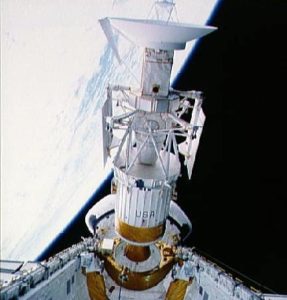
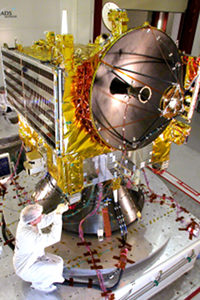
Most Recently
On November 9th of 2005, the European Space Agency’s Venus Express mission was launched on a Russian rocket, with support from NASA. Successful insertion into orbit around Venus took place on April 11, 2006. The mission provided data on the Venus atmosphere for several of the planet’s days.
The Venus Express mission continuously collected observations of Venus through a capable suite of instruments until December 2014 when the signal was lost. While past space missions have substantially changed our view of Venus and enhanced our knowledge, some fundamental questions about Venus and its atmosphere remain unanswered:
- The most frustrating puzzle for atmospheric scientists is the rapid rotation of its atmosphere, many times faster than that of the underlying planet.
- Geologists want to know how Venus loses its heat.
- And for chemists, the burning question is whether the surface of Venus is in equilibrium with its atmosphere.
The findings of the European Space Agency’s Venus Express mission have provided additional insight into these questions.
